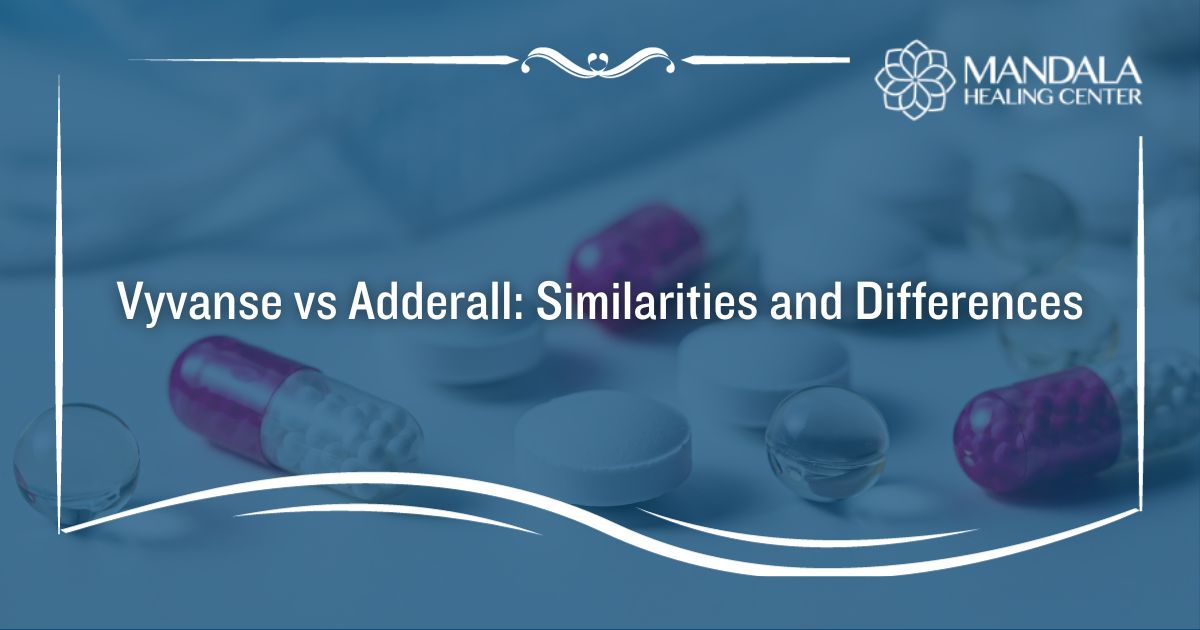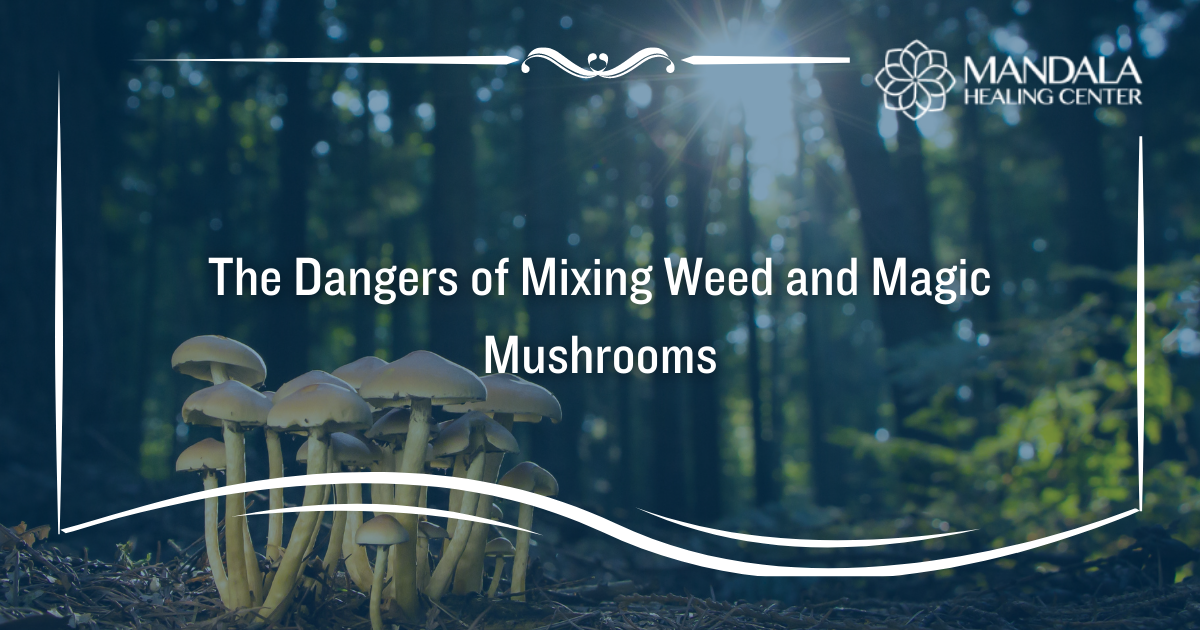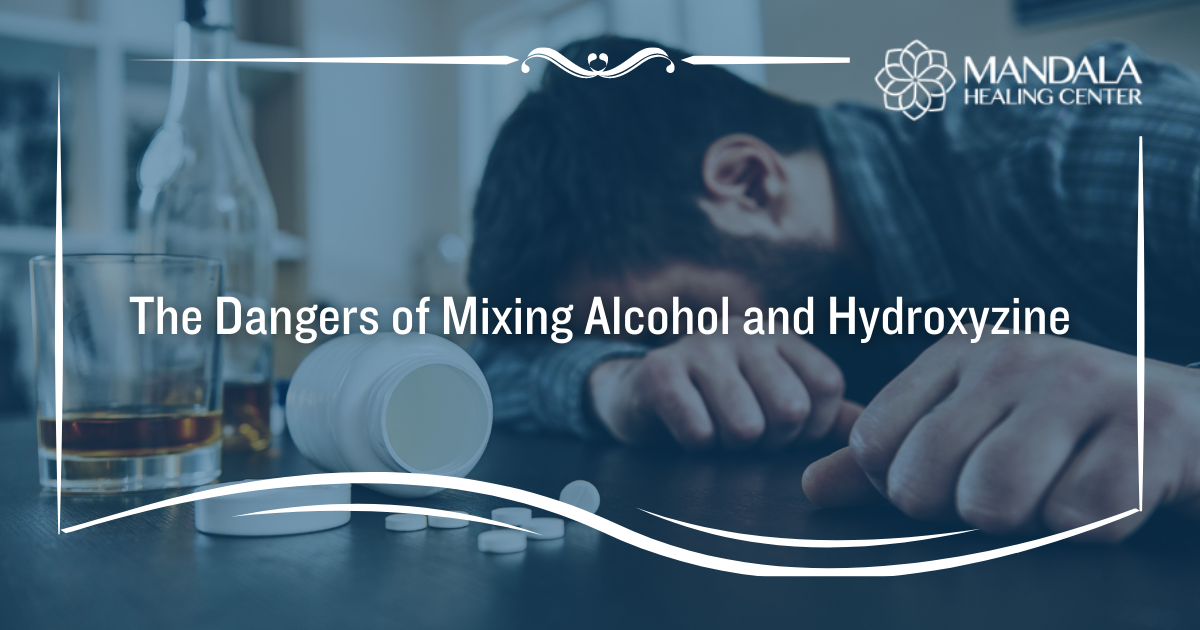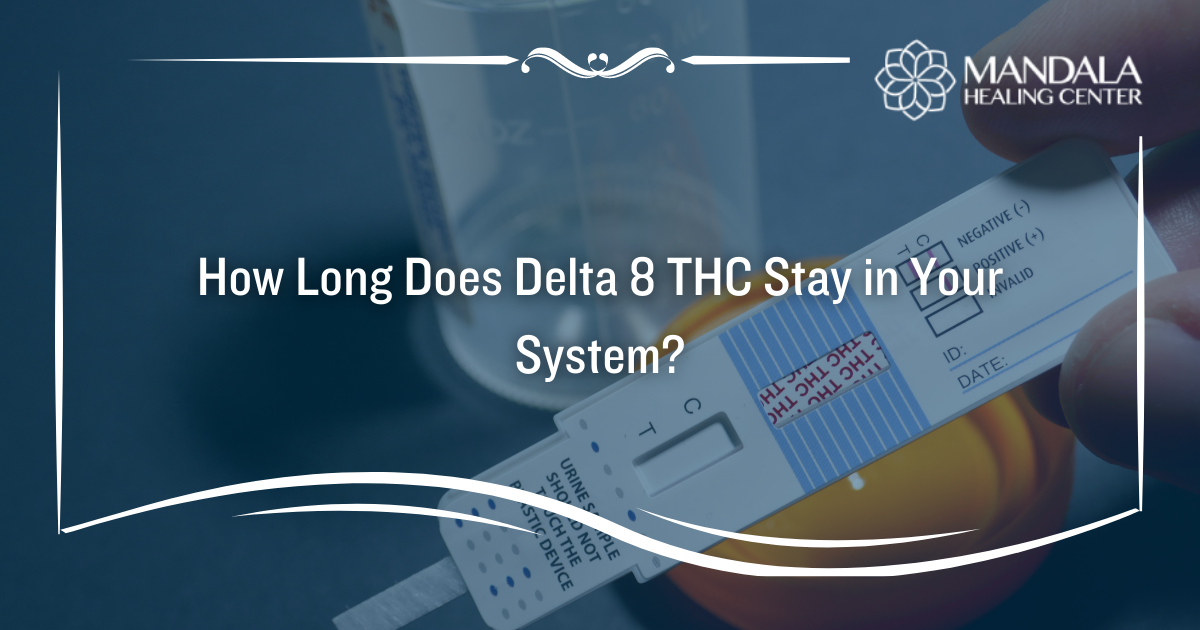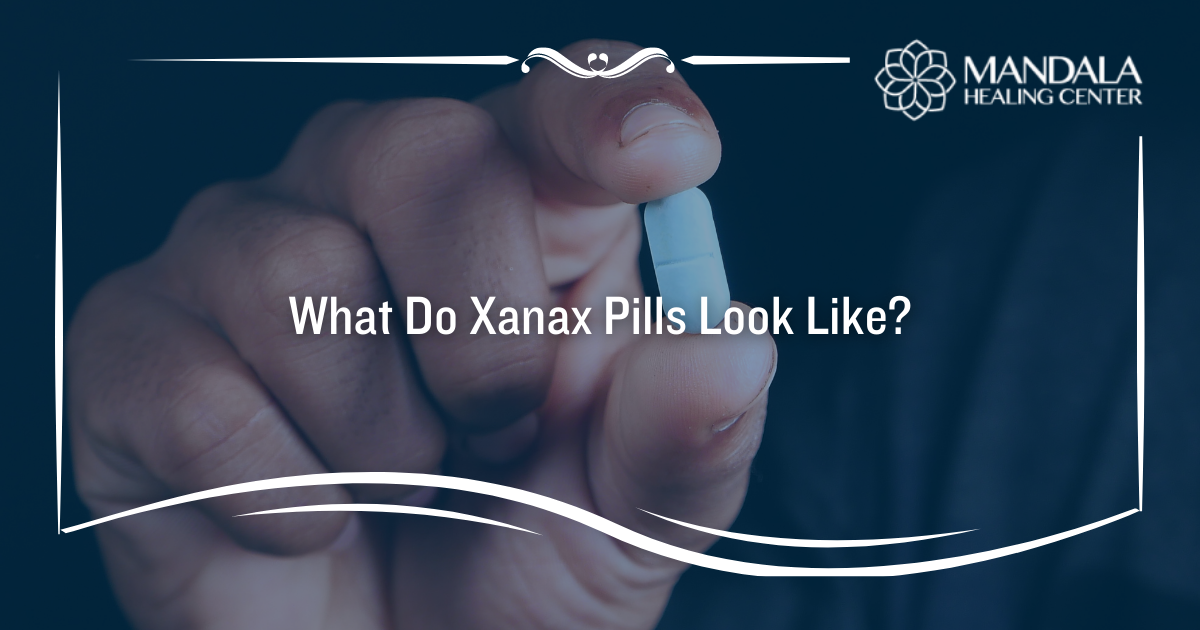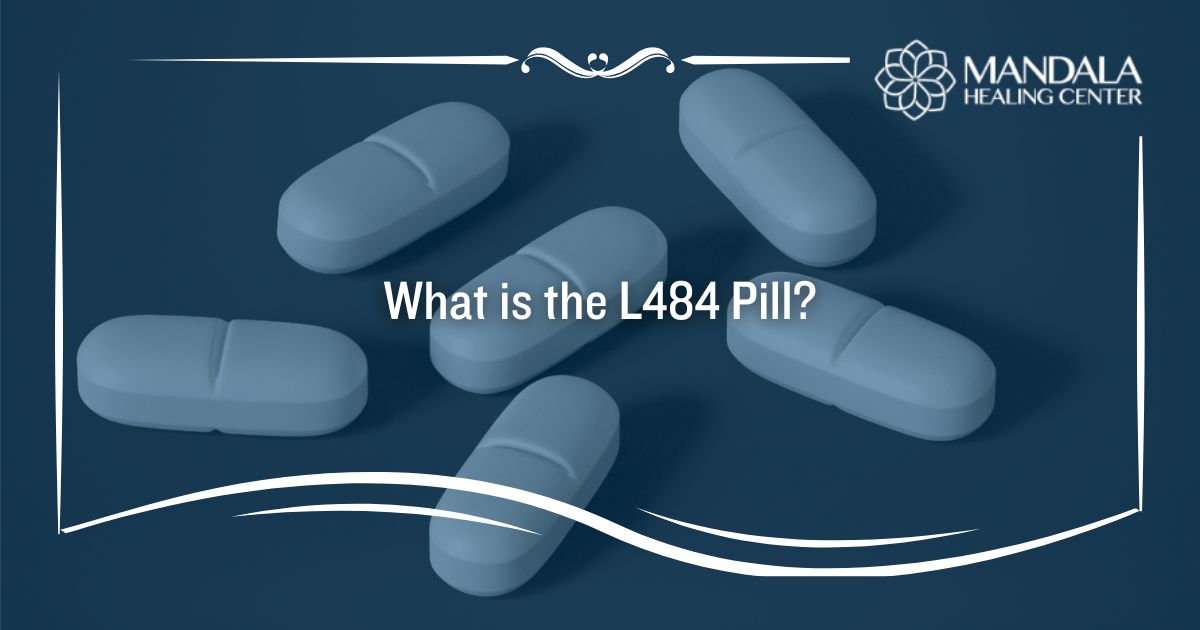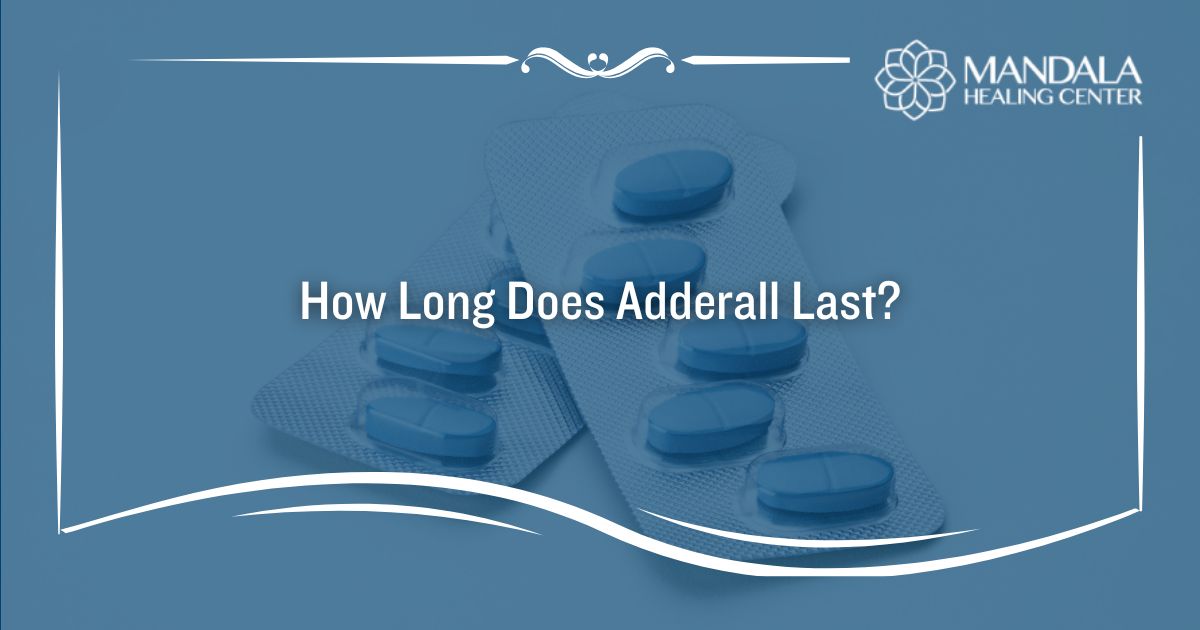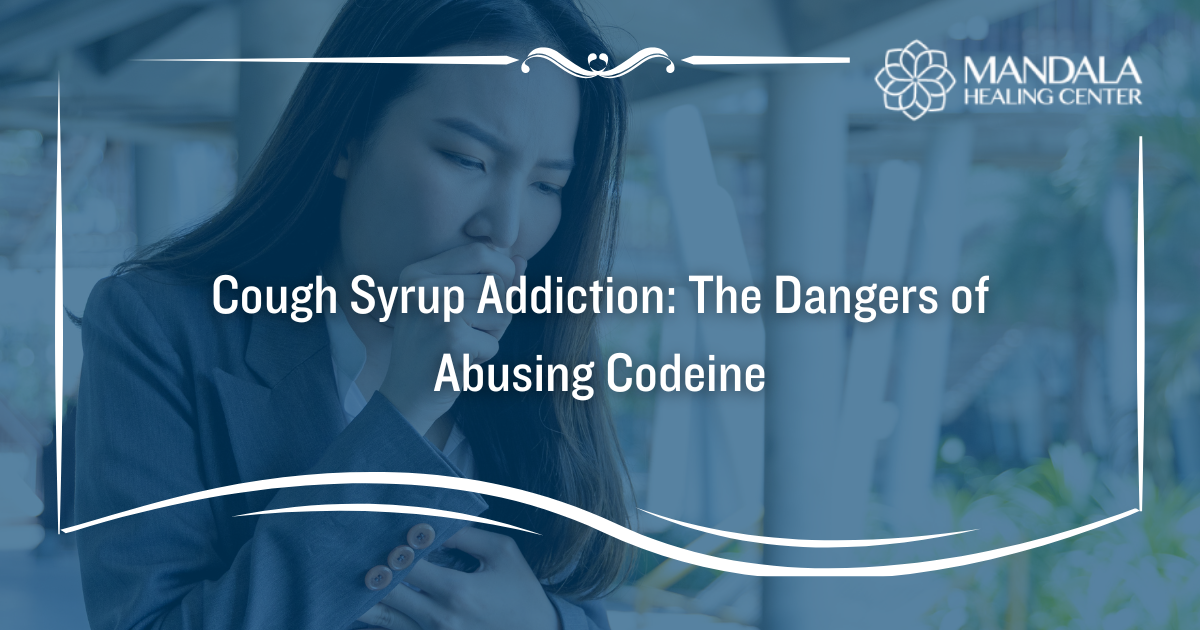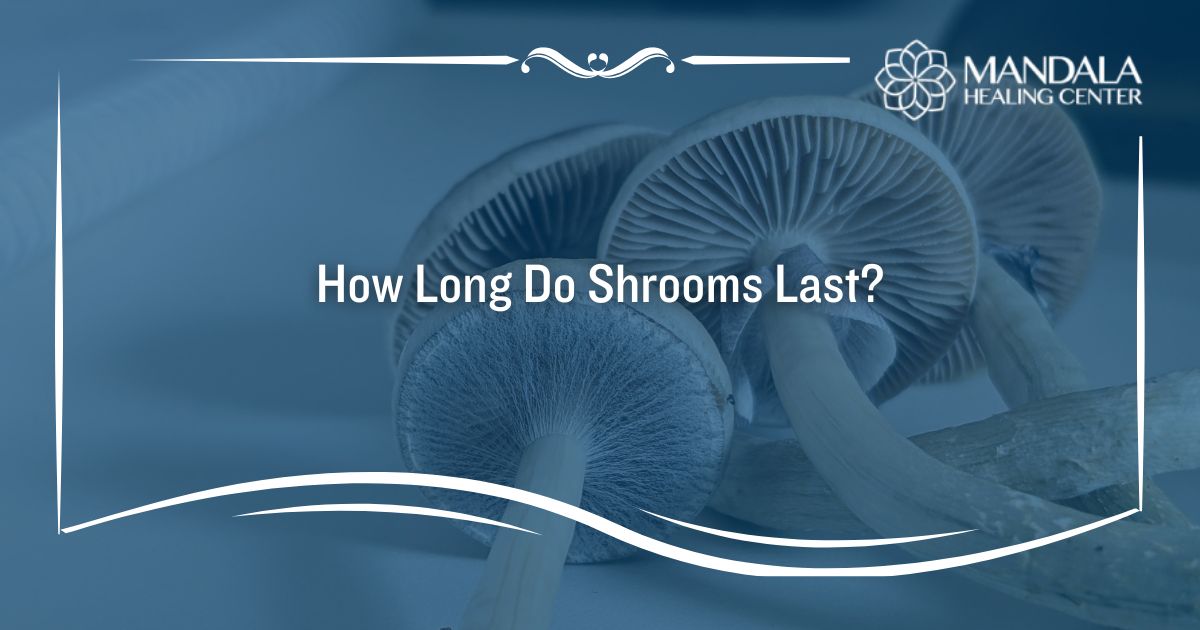Vyvanse and Adderall are both central nervous system stimulants that are prescribed to treat conditions like attention-deficit hyperactivity disorder (ADHD). Both are classified as Schedule II substances because while they have medicinal use, they can be addictive and habit-forming.
Because of the effects of prescription stimulants like Vyvanse and Adderall, many young adults obtain them illegally to get high. According to the Substance Abuse and Mental Health Services Administration (SAMHSA), more than 60% of youth and young adults abusing these drugs receive them from a relative or friend.[1]
While Vyvanse and Adderall have many similarities, such as being in the drug class, being considered amphetamines, and being used to treat ADHD, there are some key differences as well. For example, while Vyvanse is used to treat binge eating disorder, Adderall is approved to treat narcolepsy. Additionally, Adderall contains two amphetamine salts while Vyvanse only contains a substance known as lisdexamfetamine.
What is Vyvanse?
Vyvanse is a prescription amphetamine drug that is used to treat both attention-deficit hyperactivity disorder (ADHD) and binge eating disorder. While Vyvanse is the brand name for the medication, it contains a substance known as lisdexamfetamine. Even though this substance has effective medicinal uses, it is often abused because it can cause an energetic and euphoric high.
The side effects of Vyvanse include:[2]
- Sleepiness and dizziness
- Headaches
- Dry mouth
- Constipation
- Diarrhea
- Nausea
- Weight loss and loss of appetite
- Trouble sleeping
While Vyvanse can cause some side effects, people taking it for ADHD or binge eating disorder will adjust to the medication over time. If you continue to experience side effects that are difficult to cope with, you should always have a conversation with your doctor.
What is Adderall?
Adderall is a prescription stimulant drug that contains two amphetamine salts: dextroamphetamine and amphetamine. This medication is used to treat both ADHD and narcolepsy. While Adderall is effective in managing these conditions, it is also a common drug of abuse because of its stimulating and euphoric properties.
The side effects of Adderall include:[3]
- Nervousness or anxiety
- Headaches
- Changes in sex drive or ability
- Painful menstrual cramps
- Dry mouth
- Constipation or diarrhea
- Nausea
- Loss of appetite and weight loss
Like Vyvanse, Adderall might cause some initial side effects. Over time, your body should adjust to the medication, causing the side effects to dissipate. If you continue to experience side effects that outweigh the benefits of the medication, talk to your doctor for advice.
What are the Similarities Between Vyvanse and Adderall?
Both Adderall and Vyvanse are used to treat attention deficit hyperactivity disorder (ADHD). The main similarity between these substances is that they are both central nervous system stimulants. They relieve symptoms of ADHD by increasing dopamine and norepinephrine in your brain, helping people focus, control their impulses, and pay attention during important tasks like work or school.
Because they are both stimulants, they share similar side effects. For example, both Adderall and Vyvanse can cause:
- Headaches
- Dizziness
- Dry mouth
- High blood pressure
- Stomach upset
- Anxiety
- Insomnia
- Restlessness
- Tremors
In addition to their side effects, Adderall and Vyvanse share a risk of abuse. People might use either drug to stay up later and study harder, especially if they are college students. Additionally, some people abuse either medication to experience a high similar to cocaine.
How are Vyvanse and Adderall Different?
While Vyvanse and Adderall share some similarities, they have many differences to be aware of. First, Adderall contains two substances called dextroamphetamine and amphetamine. On the other hand, Vyvanse only contains lisdexamfetamine.
Even further, the dosage is different between Adderall and Vyvanse. Adderall comes in either immediate or extended release, with dosages ranging from 5mg to 30mg. Vyvanse doses can range from 10g to 70mg, depending on a person’s needs.
Another key difference between Adderall and Vyvanse is the rate of absorption. It only takes about 30 minutes for a person to feel the effects of Adderall, whereas Vyvanse can take up to 2 hours. Additionally, many people report that the effects of Vyvanse are more subtle than Adderall, which is probably due to the effects not being immediate.
Lastly, while Vyvanse has been created to ensure that people cannot crush it to snort it, you can still do this with Adderall. While both substances have a potential for abuse, being able to snort Adderall might make the drug a bit more dangerous in terms of addiction.
Find Help for Vyvanse or Adderall Addiction
If you or a loved one abuse Vyvanse, Adderall, or both, you should seek help from a professional drug rehab center. Stimulant abuse can be dangerous, posing many health risks including cardiovascular damage and life-threatening overdoses. Thankfully, drug rehab programs can provide you with the tools and support you need to achieve long-term sobriety.
At the Mandala Healing Center, we are sensitive to the fact that every person we treat comes from a different background and has a unique set of needs. Our wide array of addiction treatment offerings allows us to cater to each patient’s strengths, and find the programs and activities that work best on an individual level.
To learn more about our stimulant addiction treatment program, contact Mandala Healing Center today.
References:
- The Substance Abuse and Mental Health Services Administration (SAMHSA): PRESCRIPTION STIMULANT MISUSE AND PREVENTION AMONG YOUTH AND YOUNG ADULTS, Retrieved December 2023 From https://store.samhsa.gov/sites/default/files/pep21-06-01-003.pdf
- The Food and Drug Administration (FDA): Vyvanse Label, Retrieved December 2023 From https://www.accessdata.fda.gov/drugsatfda_docs/label/2007/021977lbl.pdf
- Medline Plus: Dextroamphetamine and Amphetamine, Retrieved December 2023 From https://medlineplus.gov/druginfo/meds/a601234.html


